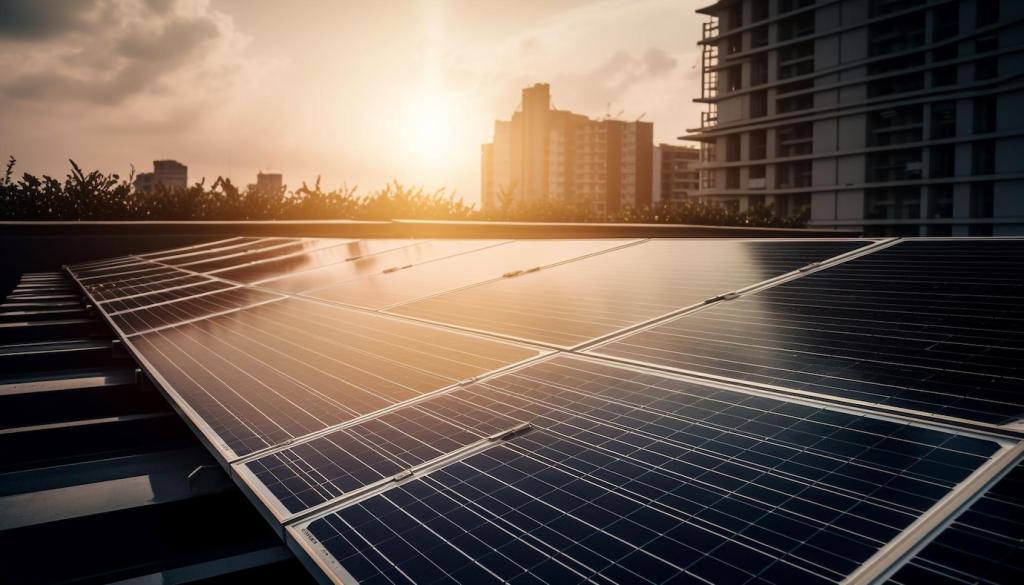Why Sustainable Insulation Matters Now
R-value is important, but true comfort depends on the entire assembly. Thermal bridges, air leaks, and moisture behavior can erase gains. Sustainable insulation shines when details minimize heat loss while preserving breathability.
Why Sustainable Insulation Matters Now
Materials like cellulose, wood fiber, and cork often store or reuse carbon, cutting the footprint before your thermostat even clicks on. Choosing recycled or rapidly renewable content reduces landfill waste and supports circular building economies.









